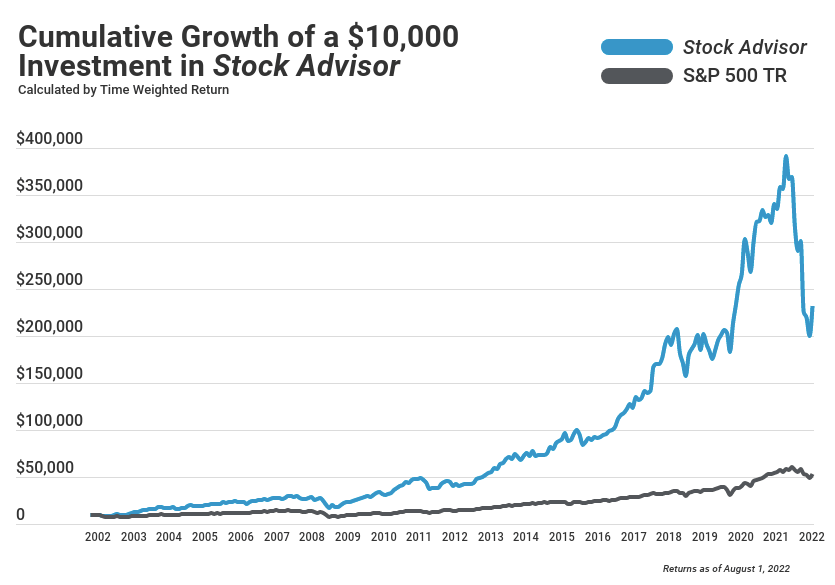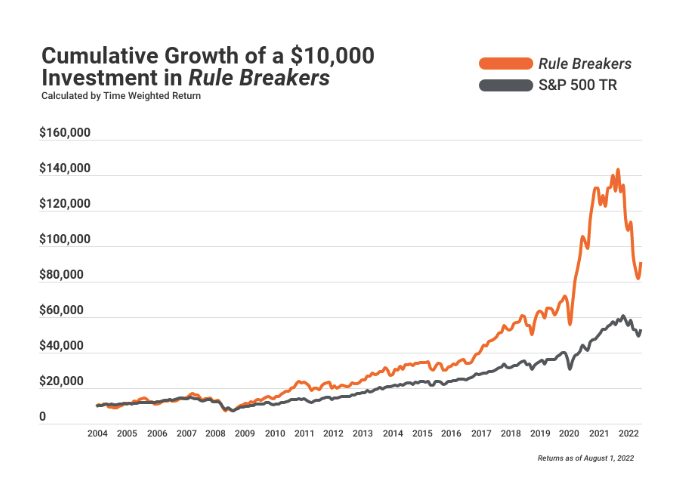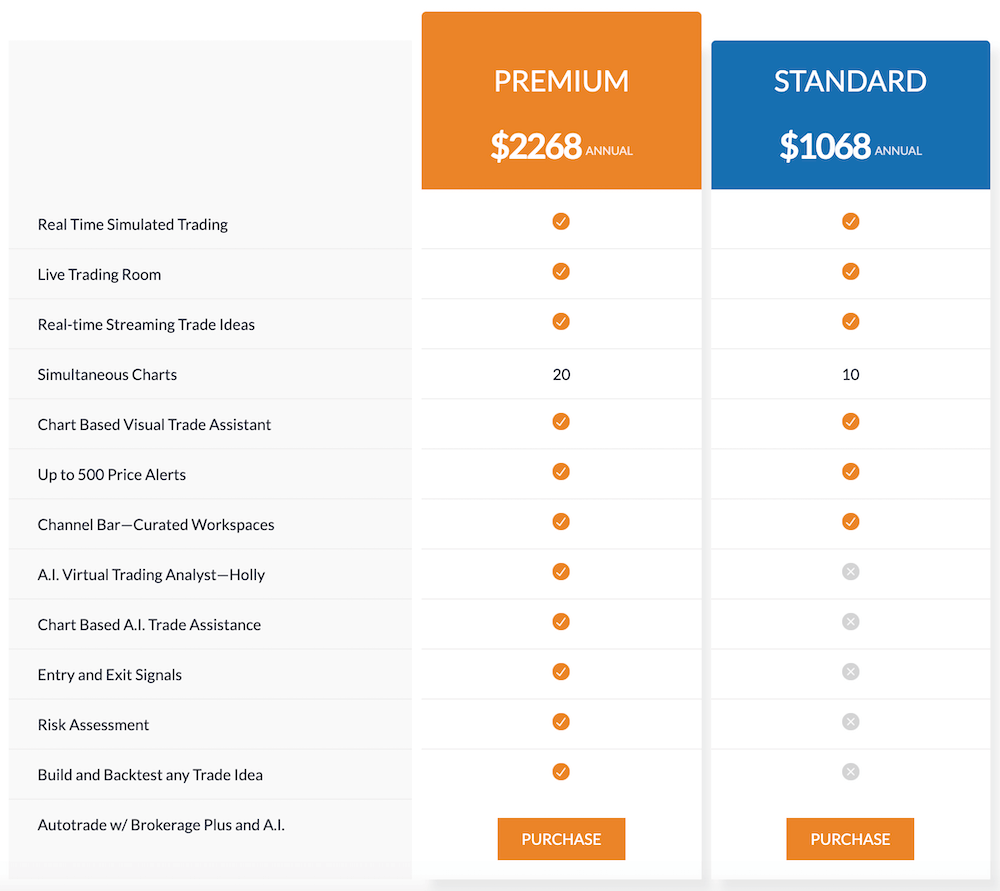
E-Trade has teamed up with Morgan Stanley to offer banking products along with their well-renowned brokerage services.
This account is ideal for those who use E-Trade on the brokerage side and would like to earn a competitive APY (annual percentage yield) on uninvested funds.
Money can be moved seamlessly from brokerage account to premium savings account with easy access to your funds and quick deposits.
E-Trade’s Premium Savings account currently pays an APY of 4.25% on all balances and has no minimum deposit requirements or balance requirements to maintain.
To see if this account is right for you, continue reading our review below.
E-Trade Premium Savings Rate + Account Details

As mentioned the E-Trade Premium Savings Account has no minimum deposit requirement to open it nor any balance requirement to maintain it. That said, if you open the account and fail to fund it within 30 days, they will close the account.
Premium Savings Account Rate
| Min. Deposit | APY |
| $0 | 4.25% |
To put this yield into context, the national average for a savings account and a money market account sit at just 0.42% APY and 0.63% APY, respectively, according to FDIC data.
There are, however, a few online banks and nationally available credit unions now paying over the 5.00% APY mark on variable rate savings accounts.
All funds are federally insured by the FDIC up to $500,000. This is double the normal coverage of $250,000 for deposits held at most banks and credit unions.
Compounding and Crediting Interest
The E-Trade Premium Savings account features daily compounding interest. Interest begins compounding on the date of your initial deposit and continues until the last full day prior to the withdrawal.
Interest is credited to your account monthly.
Opening the Account
The account is available to consumers nationwide and can be opened online in minutes. E-Trade also has branches in 17 states where you can stop by to open the account in-person if you’d prefer. Below are the following states in which E-Trade has branches. You can locate a specific branch here.
- Arizona
- California
- Colorado
- Washington, DC
- Florida
- Georgia
- Illinois
- Massachusetts
- Michigan
- Minnesota
- New Jersey
- New York
- North Carolina
- Oregon
- Pennsylvania
- Texas
- Washington
Managing the Account
Once your account is open, you can transfer money between your brokerage account and the Premium Savings account easily and you’ll have instantaneous access to your transferred funds.
If you’re depositing funds via the mobile app, only a portion of your funds will be immediately available. You must wait until the 4th business day to access the full deposit. This is similar to Robinhood and other brokerage accounts with savings features.
E-Trade’s apps receive relatively high ratings. Their IOS app has a 4.6 out of 5 star rating with nearly 140k ratings and their Android app has a 3.9 out of 5 star rating with over 41k reviews.
How E-Trade Premium Savings Compares
E-Trade offers one of the highest yields on the market for brokerage accounts with FDIC-insured savings account options.
For comparison see the chart below:
| Brokerage | APY on idle cash |
| E-Trade | 4.25% |
| Robinhood | 1.50% – or – 4.90% with Gold |
| SoFi | 4.50% |
| Fidelity | 2.72% |
Final Thoughts
If you are already an active trader on E-Trade and are in the market for a savings account to park uninvested cash, then opening up the Premium Savings Account by E-Trade via Morgan Stanley is a no-brainer.
That said, if you’re just in the market for a high yield, FDIC-insured savings account or money market account without any brokerage account tied to it, then slightly higher yields can be found through a handful of online banks and credit unions with nationwide acceptance.



















